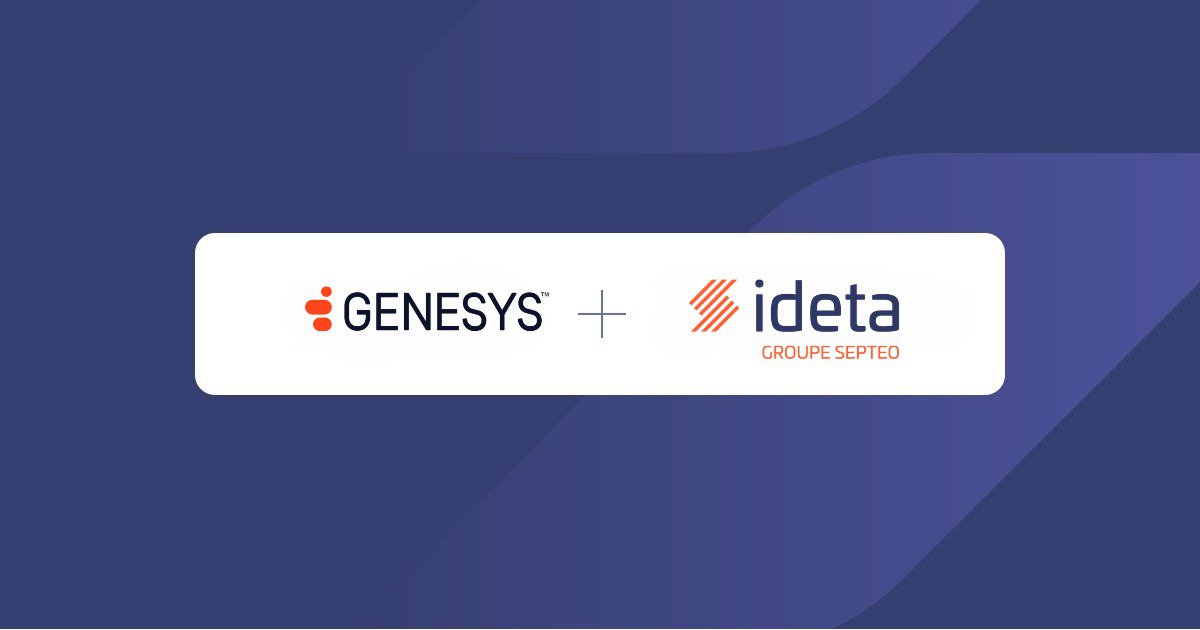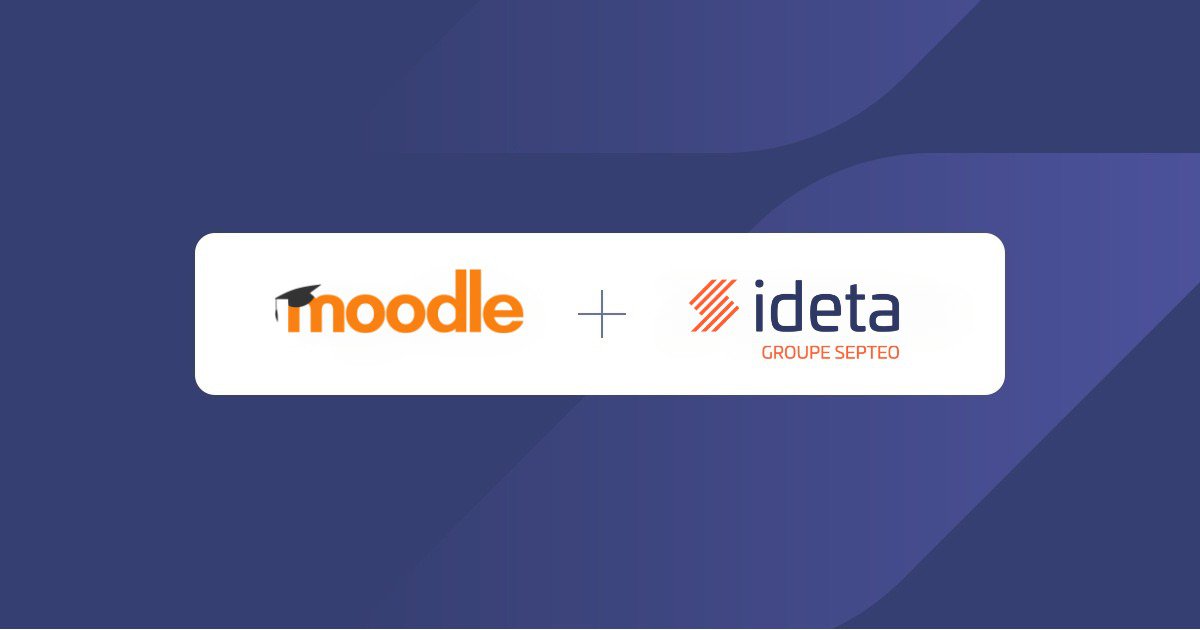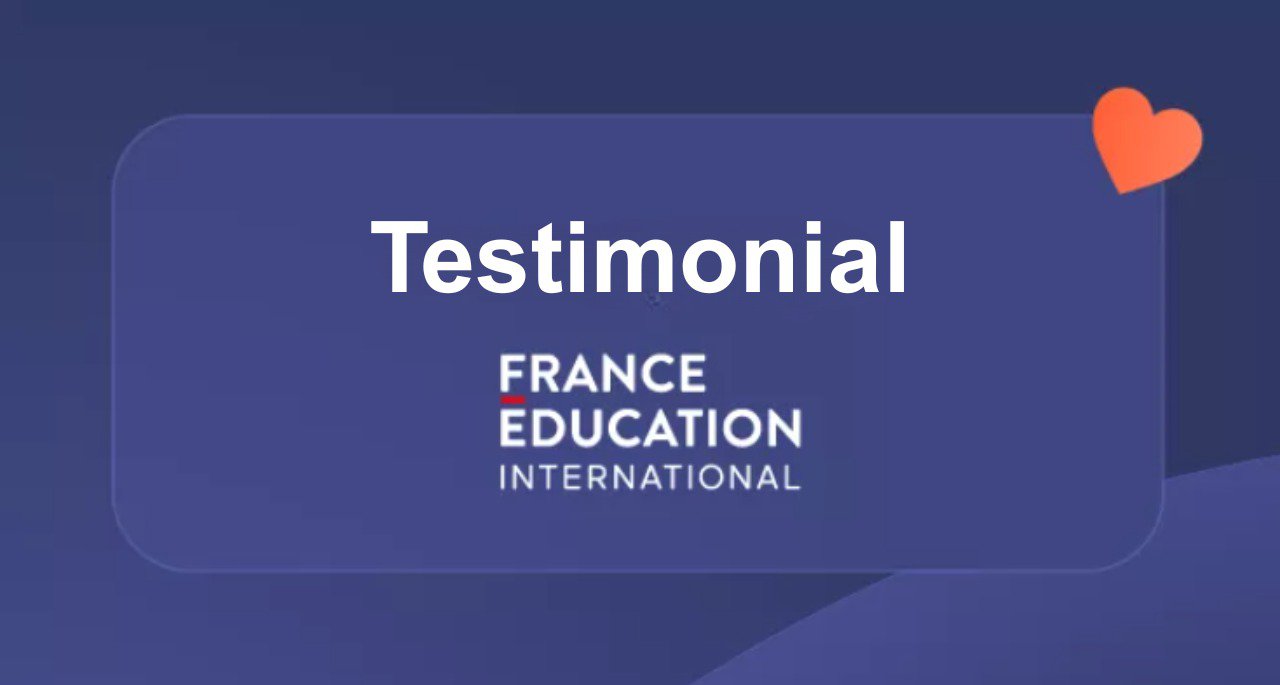How to Optimise SaaS Onboarding with AI Chatbots
What’s a Rich Text element?
The rich text element allows you to create and format headings, paragraphs, blockquotes, images, and video all in one place instead of having to add and format them individually. Just double-click and easily create content.
Static and dynamic content editing
A rich text element can be used with static or dynamic content. For static content, just drop it into any page and begin editing. For dynamic content, add a rich text field to any collection and then connect a rich text element to that field in the settings panel. Voila!
How to customize formatting for each rich text
Headings, paragraphs, blockquotes, figures, images, and figure captions can all be styled after a class is added to the rich text element using the "When inside of" nested selector system.
A competitive SaaS industry requires impressing new customers with innovative product features. The initial impression a platform leaves on its users can set the tone for lifelong customer relationships. Onboarding isn't just a first step; it's a crucial touchpoint that can make or break how users stick with the software.
23% of churn is associated with poor onboarding. Therefore, it’s important to design an onboarding experience that’s intuitive, informative, and frictionless.
Besides UI/UX, customer service forms an integral part of successful SaaS customer onboarding. It's in this context that AI chatbots have emerged as game-changers. These intelligent conversational agents offer a dynamic solution to common onboarding challenges with real-time assistance, personalized guidance, and immediate feedback.
By using AI chatbots, SaaS providers are not only keeping up with tech trends but also actively improving the early user experience. But can you optimize the SaaS onboarding with the AI chatbot?
Let’s find out.
Offer 24/7 availability
The initial interactions that users have with your software can unfold a range of concerns, birthing a plethora of questions. Here, waiting for responses during crucial onboarding phases can deter users and lead to churn. With traditional support systems (based on human intervention), support may always be available around the clock. And, even if you manage to offer the same, the cost may shoot up.
AI-powered chatbots like Ideta offer immediate customer response irrespective of the time of day. Whether a user is trying to navigate a new feature at 3 a.m. or needs assistance with data import on the weekend, chatbots can be at their rescue.
What’s more? For WordPress users or those considering a migration, say a Drupal migration to WordPress, these AI tools offer seamless WordPress integration. Thus, users can effortlessly add a chatbot to their WordPress site, either by adding a custom code or using a plugin.
All such features ensure that new users do not hit a roadblock in their onboarding journey.
Besides, these chatbots come with integrated machine learning algorithms which enable them to learn from user queries. It provides increasingly accurate and relevant responses over time, meaning the more users interact with the chatbot, the better it addresses their needs.
Continuous learning & adaptation
SaaS businesses continuously go through updates, feature additions, and interface changes. Every modification challenges the onboarding process for new and returning users. They all need to acquaint themselves with the changes.
This demonstrates the need for a learning curve every time there's an update. But, it can become a deterrent for some, leading to reduced platform engagement or even abandonment.
AI chatbots stand out in this dynamic environment since they are not static help tools but evolve as they learn. At its core, these chatbots are backed by machine learning that helps them quickly adapt to software changes. When you introduce a new feature, the chatbot is updated rapidly to know about it. This means users get instant guidance on the latest changes without feeling lost or needing help elsewhere.
Take, for instance, if you have to help users with the complex process to help them with Drupal to WordPress migration. Here, transitioning from one content management system to another may leave users with many questions. An AI chatbot can streamline this transition by answering real-time queries, assisting with data mapping, and even guiding users through manual migration steps.
Personalized user guidance
One of the hallmarks of an exceptional onboarding experience is personalization. Different users will have different needs, and their familiarity with SaaS platforms will depend on their technical abilities and knowledge gained so far. Therefore, a one-size-fits-all approach often needs to be revised. Instead, plan an adaptive onboarding process catering to the individual needs of users. Often, manual personalization may fall flat since it needs significant resources and has the tendency to remain inconsistent.
But, with AI chatbots, you can leverage user data and behavioral analytics to tailor the individual onboarding process. For a novice, the chatbot might offer step-by-step tutorials and detailed explanations. At the same time, experienced users can transition from a similar platform to get the advanced features or be guided to shortcuts.
Moreover, AI chatbots also recognize user patterns and anticipate their needs based on past interactions. For instance, if a user gets stuck at a particular step repeatedly, the chatbot can proactively offer guidance or suggest alternative ways to accomplish the task.
Interactive tutorials & real-time feedback
Traditional onboarding often involves static tutorials, FAQ sections, or video walkthroughs. These can be informative, but such materials often need more dynamic interaction to grasp a concept or a feature. Users may get solutions for their every unique question or challenge. Especially when they hit an obstacle, users might feel stuck, leading to frustration or incomplete onboarding.
But, you can use AI chatbots for the onboarding experience that can transform it into an interactive journey. Instead of merely reading or watching, users can engage in a two-way conversation with the chatbot. Users can ask specific questions, request clarifications, or even ask the AI chatbot to demonstrate a feature in real time. In response, the chatbot can guide them through a step-by-step process, provide immediate feedback if the user makes an error, and suggest corrections.
Integrating with other onboarding tools
A successful onboarding process often employs a blend of tools, from email sequences and in-app notifications to tutorial videos and walkthroughs. Such tools serve their purpose, but the challenge is ensuring they work cohesively to guide users.
Ultimately, a disjointed onboarding experience may overwhelm users since they feel bombarded with information from different sources. This may lead to confusion and even possible drop-offs.
However, introducing AI chatbots can help leverage it as a central hub during the onboarding ecosystem. This helps integrate and orchestrate various onboarding tools. For instance, if a user completes a tutorial video and has follow-up questions, they can immediately turn to the chatbot. And, if they need a reminder about an email they received a week ago, the chatbot can retrieve and summarize the information.
This way, chatbots can seamlessly connect different onboarding resources and ensure users have a smooth, unified, and efficient learning curve. It helps make the transition into using the software more intuitive and less daunting.
Wrapping up
In all, delivering an optimal onboarding experience requires leveraging AI chatbots to match (and even surpass) users' expectations. Consider leveraging AI chatbots for onboarding as a proactive approach that helps tap solutions catering to growing customer demands.
AI chatbots can even provide aha moments for users with their real-time responsiveness, personalized guidance, adaptability, and integration capabilities, proving to be a pivotal asset in this endeavor.
Therefore, integrating AI chatbots into the onboarding process helps SaaS platforms offer a smooth introduction to their software and lays the foundation for sustained engagement and loyalty. And, as technology continues to advance, it's clear that the synergy between AI and user onboarding will only strengthen, further elevating the user experience to new heights.








